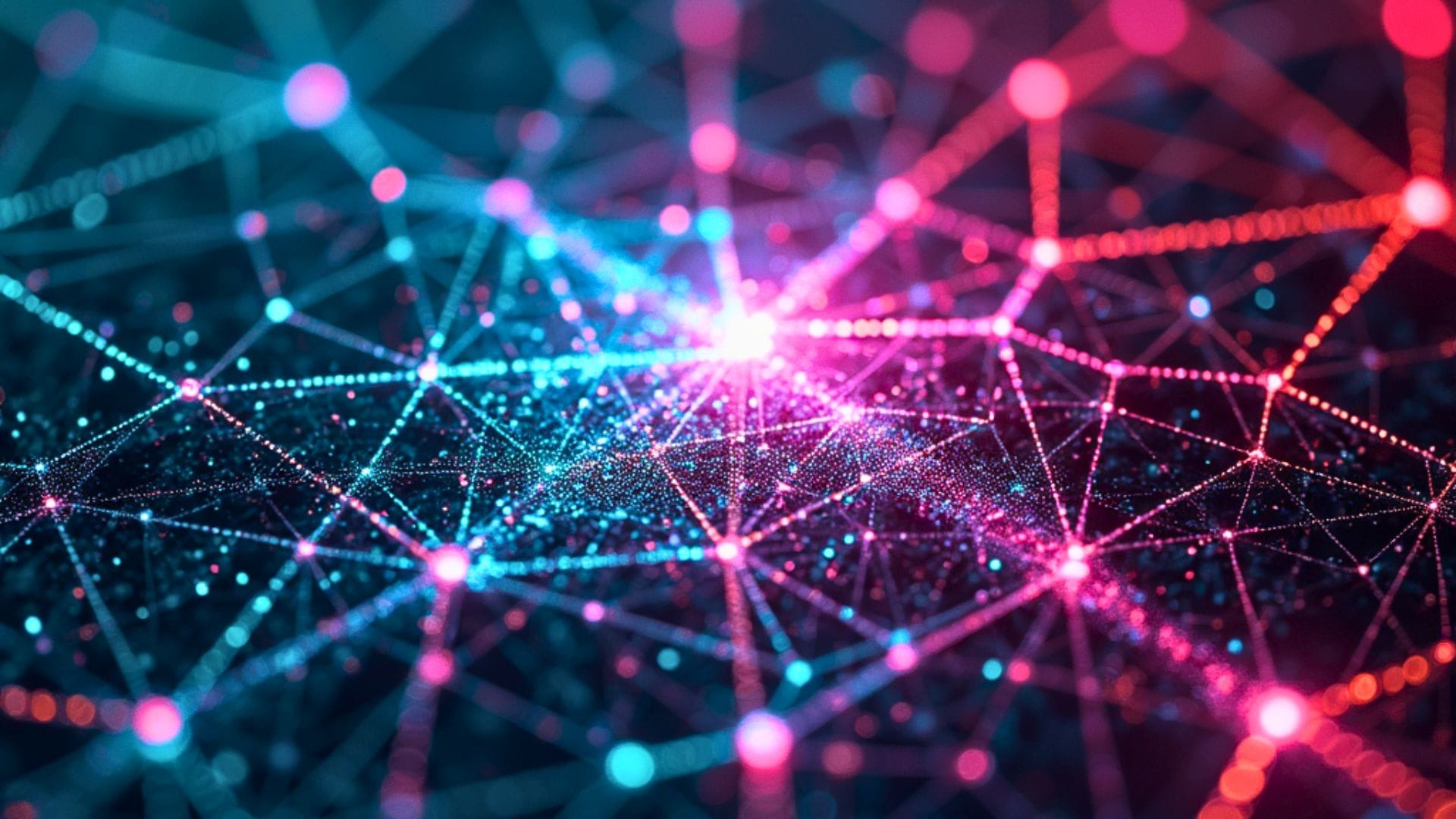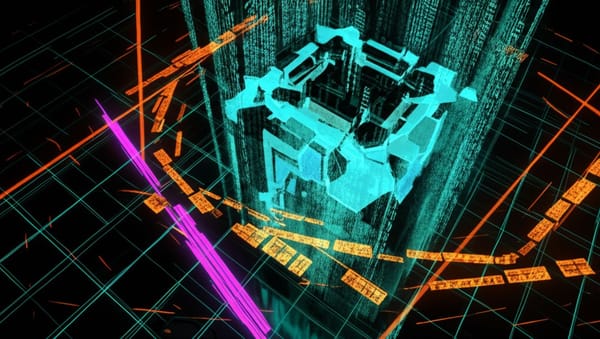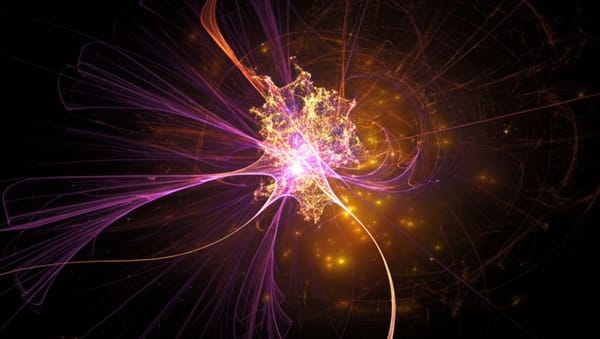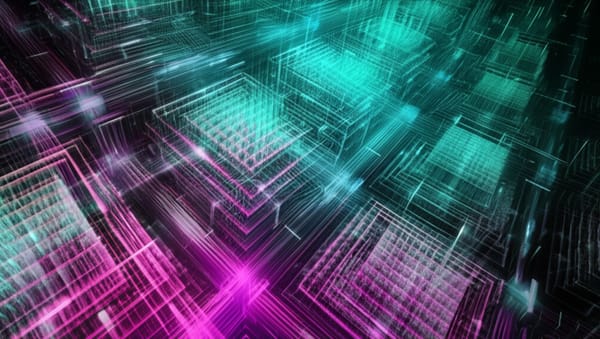Physics Modeling Emerges As New Battlefield In AI Video Generation

Google's latest AI video generator places realistic physics and natural human movement at the center of its competitive strategy, signaling a significant shift in how tech giants are differentiating their generative AI offerings.
End of Miles reports that the new focus on physics modeling represents a departure from previous AI video battlegrounds that centered primarily on resolution, duration, and visual quality.
The science behind the scenes
The tech giant's newly launched Veo 2 video model places unprecedented emphasis on its improved understanding of real-world physics and human motion. Available to Gemini Advanced subscribers starting today, the model promises to deliver "fluid character movement, lifelike scenes and finer visual details across diverse subjects and styles."
"Veo 2 represents a leap forward in video generation, designed to produce high-resolution, detailed videos with cinematic realism," Google stated in its announcement
This focus on physical realism marks a strategic pivot. While competitors have emphasized factors like video length and resolution, the Google team appears to have identified naturalistic movement as a key differentiator in the increasingly crowded AI video space.
Why movement matters now
The emphasis on physics modeling addresses one of the most persistent challenges in AI-generated video: the "uncanny valley" of unnatural movement. Users can now generate eight-second video clips at 720p resolution through either the Gemini interface or through Whisk, a generative AI experiment from Google Labs.
"By better understanding real-world physics and human motion, it delivers fluid character movement, lifelike scenes and finer visual details across diverse subjects and styles." The product team emphasized
Angela Sun, Director of Multimodal Platforms for the Gemini App, positions the technology as enabling creators to have greater control through detailed prompting. The more specific users are about the physical interactions they want to see, the more the system can leverage its physics modeling capabilities.
Setting new standards for AI realism
The move suggests a maturing AI video marketplace where basic generation capabilities are no longer enough to impress users. By foregrounding physics modeling, the Mountain View company is essentially declaring that the next competitive front will center on the subtleties of movement and physical interaction.
Olivia Sturman, Product Manager at Google Labs, highlighted how these capabilities extend to Whisk Animate, which allows Google One AI Premium subscribers to transform still images into motion. The animation capabilities rely on the same physics modeling to ensure that when static images come to life, they move in ways that match user expectations of natural motion.
The technology arrives as part of a strategic rollout that includes SynthID watermarking to identify AI-generated content, addressing growing concerns about synthetic media. However, it's the focus on realistic movement that positions this as a new benchmark in the AI generation space – one that competitors will likely need to meet or exceed in their own offerings.
For everyday users, this shift means AI-generated videos may soon overcome one of their most noticeable limitations: the stiff, unnatural movement that has often made such content immediately identifiable as artificial.





